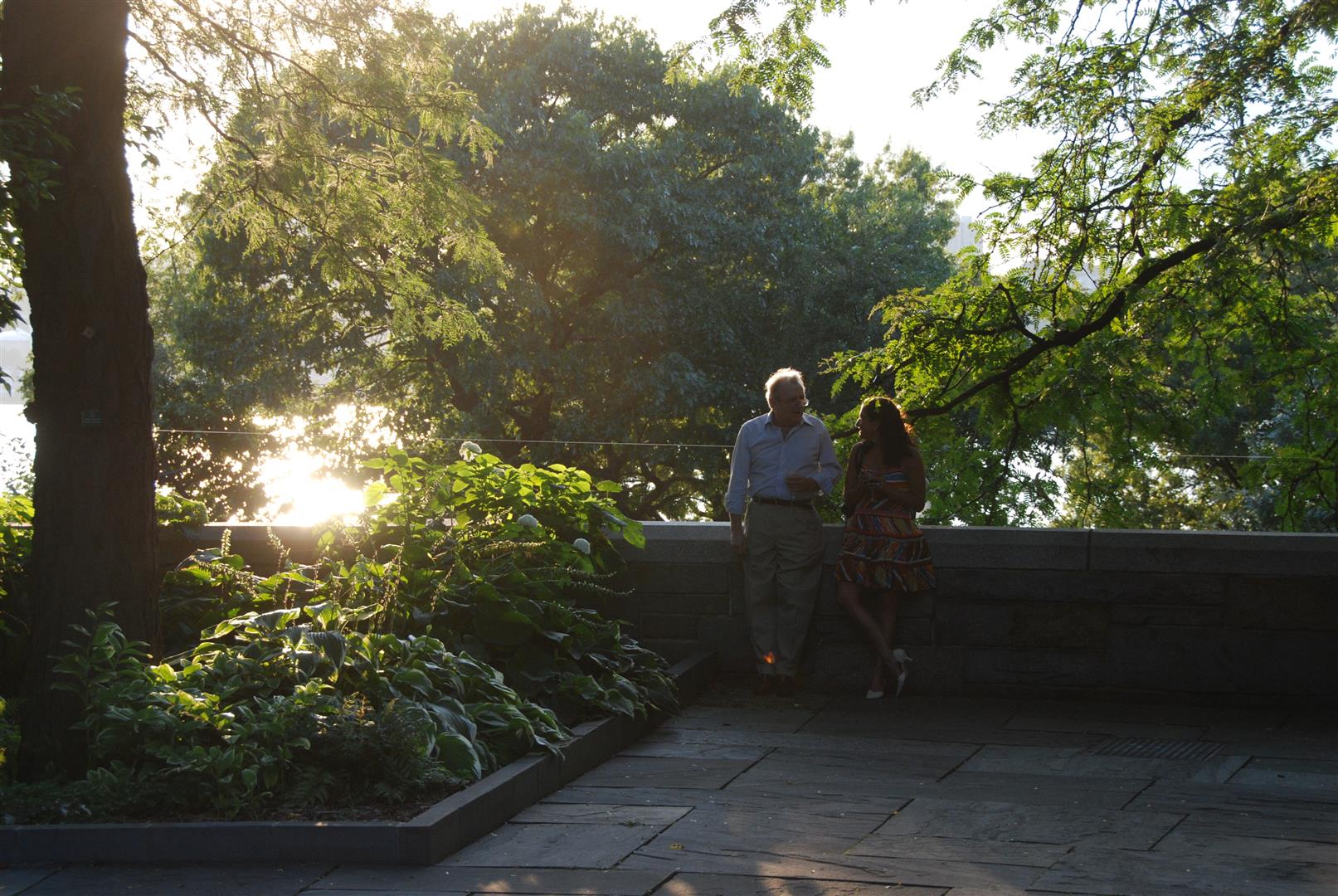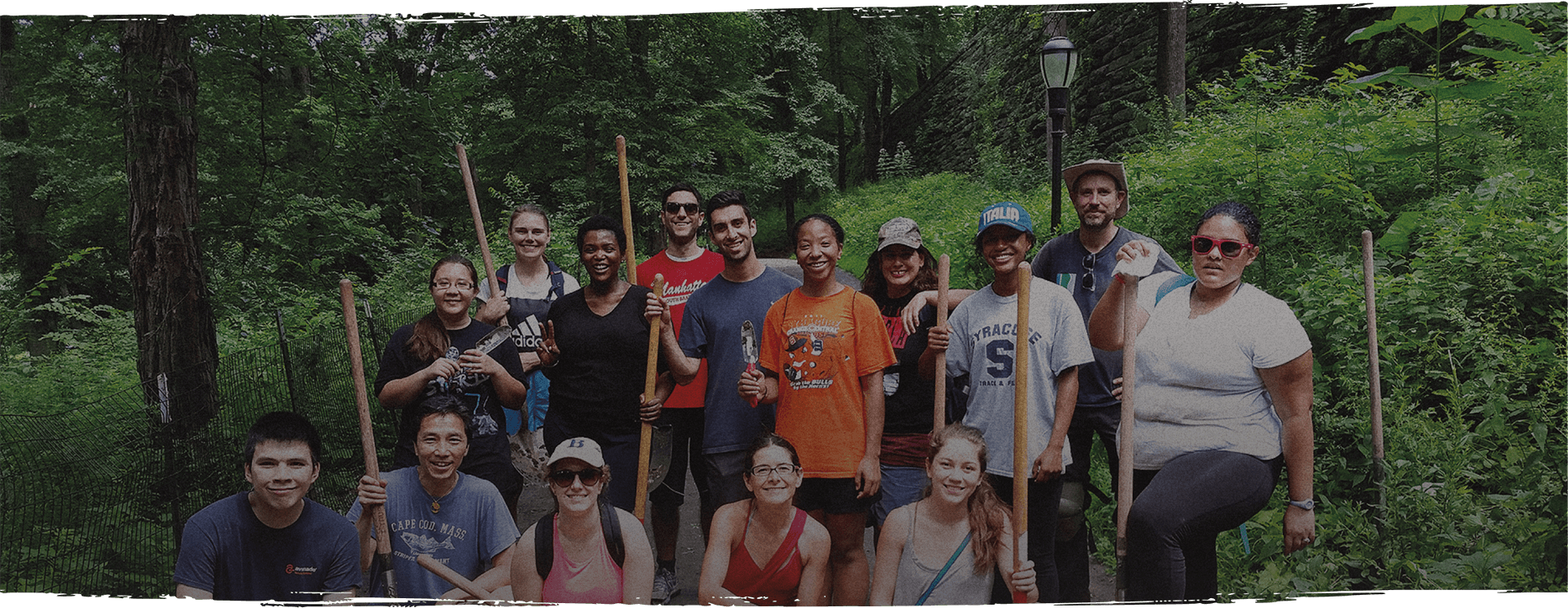The mission of Riverside Park Conservancy is to restore, maintain, and improve Riverside Park in partnership with the City of New York for the enjoyment and benefit of all New Yorkers. We support the preservation of the park’s historic landscape, structures, and monuments, engage the community in active stewardship of the park, and provide a wide range of public programs.
From 59th Street to 181st Street, from riverfront to city—side we work to enhance this Olmsted gem for present and future generations. Whatever it needs, Riverside Park Conservancy is by its side. Think of us as its gardener. Its advocate. Its sustainability manager. Its art curator. Its historian. Its visionary. And its guardian.
We work side-by-side with the New York City Parks Department, and we make improvements as diverse as the park itself and the city it serves. With the dedication and generosity of neighbors and park lovers like you, we can elevate your park experience and preserve this historic treasure for generations to come.
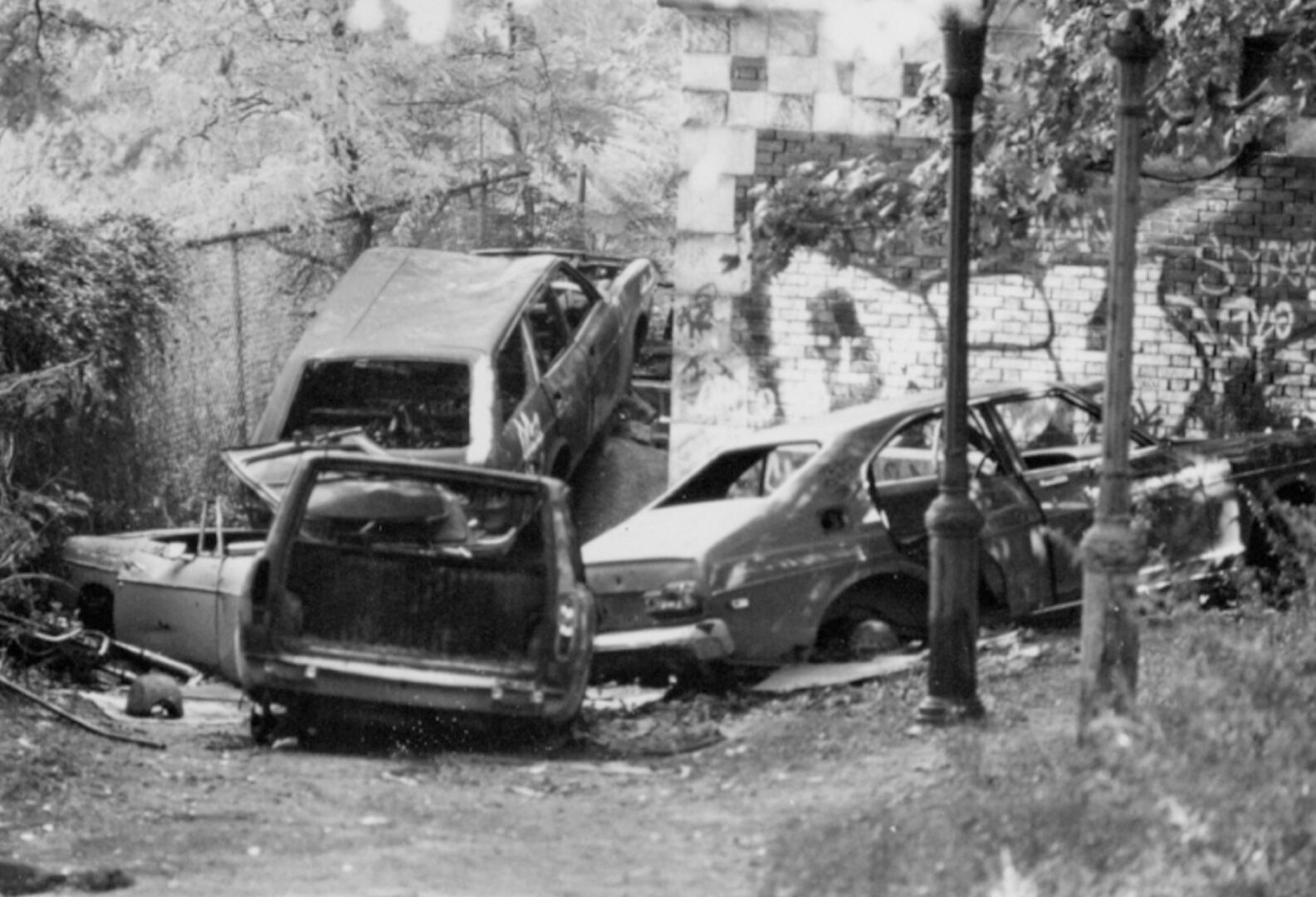
Riverside Park Conservancy was born out of several grassroots neighbor groups with shared missions. The Friends of Riverside Park, the 91st Street Playground Project, the Riverside Clay Tennis Association, The Garden People, and youth sports leagues, as well as other groups, represented a new and evolving form of public-private partnership rooted in direct involvement from the community — demonstrated the deep love and commitment New Yorkers have for their parks.
Together with the Parks Department, these seminal groups confronted the worst of conditions: the City’s financial crisis of the 1970s led to major disinvestment from its parks, including Riverside Park, leaving them seemingly abandoned and in many places close to ruin.
In 1986, neighborhood residents Peter Wright, Jean Gardner, and Mary Frances Shaughnessy, and other like-minded citizens, created an organization that would be more effective at raising private funds for the operation of the Park, and Riverside Park Conservancy (at that time known as the Riverside Park Fund) was born.
Bill Alex, a Calvert Vaux scholar, provided a desk for the Riverside Park Fund in his office at the Interchurch Center at 120th Street and Riverside Drive, and Riverside Park Conservancy is still housed in that building today.
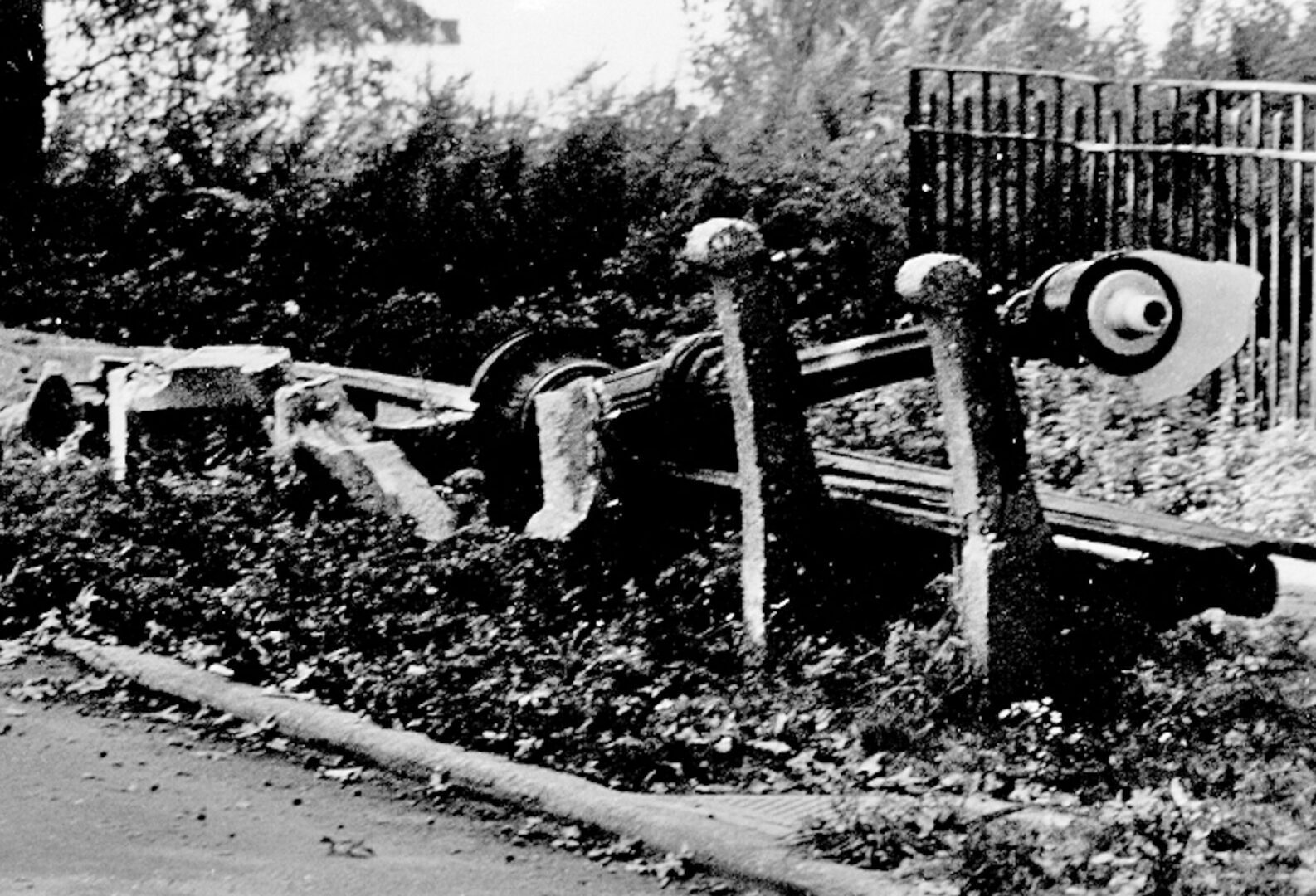
At first, the Conservancy hired contractors directly to inspect and care for the Park, with tacit approval from the Parks Department. It also raised money that was donated to the Parks Department. This allowed the Department to hire full‑time and seasonal employees, and to pay for materials and contracts for forestry, fencing, and electrical work. Thus began a long-standing symbiotic relationship between the nonprofit organization and the city department.
Working closely with Riverside Park’s first administrator, Charles McKinney, Riverside Park Conservancy encouraged neighbors to dig in, literally. Groups would come out for volunteer days to rake leaves, sweep, collect trash, and paint fences and benches. The Conservancy enabled individuals to adopt a specific site as “their” garden. Tools, plants, and guidance were provided, and in return, the volunteer made a long-term commitment to providing regular, ongoing care. Beyond the work they did with their hands, these “ParkTenders” became a rooted presence in the Park, and served as ambassadors for the Conservancy, the Park, and the collaborative local effort to restore it.
Between 1986 and 2006, there was no official relationship between the New York City Parks Department and Riverside Park Conservancy. By all accounts, it was an informal, relationship‑based agreement between the City and the Conservancy about the work that would happen and how.
In 2006, an agreement was signed to make the Conservancy a more officially sanctioned supporting organization of Riverside Park. But no matter how it has been defined, the symbiotic relationship covers the vast majority of the work done by the Parks Department inside the Park.
In 2009, the trustees of Riverside Park Conservancy together with the Parks Department took a step that would change this. Adopting a model used effectively by other conservancies, most notably in Central Park, the Parks Department’s Riverside Park administrator John Herrold took on the added role of Riverside Park Conservancy President. Having both sides of the partnership coordinated by one person with an inside view of the strengths, weaknesses, and opportunities of the overall operation allowed the Conservancy to take on a permanent and substantial role in the daily operations and programming of the Park.
Another notable undertaking in 2009 was the launch of the North Park Initiative. This Initiative, which is still active today, sought to address years of neglect and disinvestment north of 120th Street, which has led to great disparities in amenities, cleanliness, and overall conditions between the Park’s northern and southern tiers that are still apparent today. The North Park Initiative was created to focus additional time, advocacy, and resources on the part of the Park bordering the Morningside Heights and Hamilton Heights neighborhoods from 120th to 155th Streets, as well as the shoreline portion of Fort Washington Park through 181st Street. These areas are home to communities that are predominantly Black or Latinx, who experience poverty rates three times greater than the Upper West Side. The Conservancy is determined to make sure that the neighbors living alongside this stretch of the Park enjoy all of the benefits that come along with living in close proximity to top quality green space.
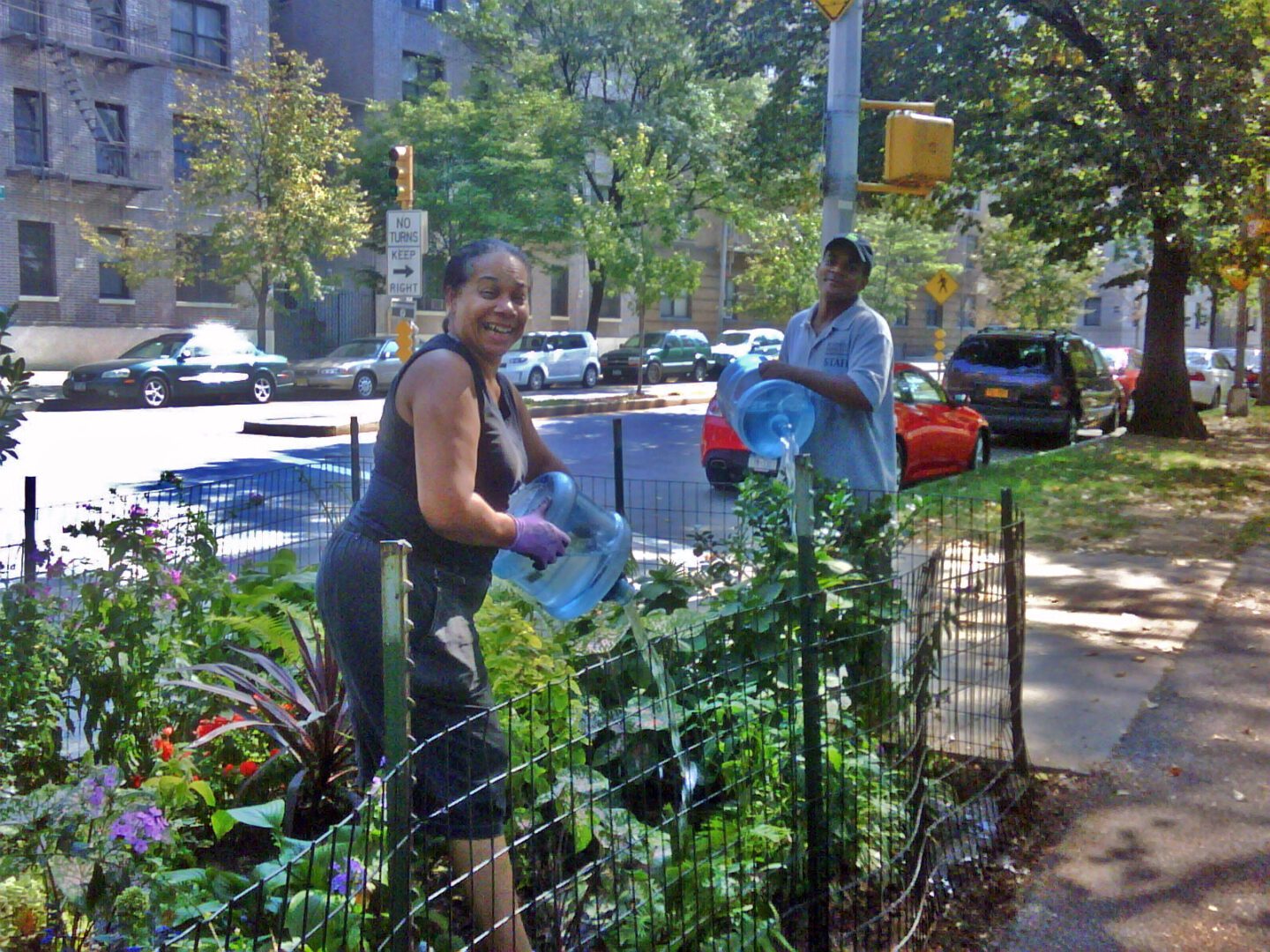
In the spring of 2010, Riverside Park Conservancy hired four full time “Zone Gardeners” who initially had been only hired for the season due to funding uncertainty. However, the horticultural restoration and care of a landscape requires not just skill, but long-term involvement, observation, and understanding of the landscape across the seasons. Seeing which plants take to the location and which do not is something not always apparent in one season. The establishment of full-time gardening positions provided personal stability for the professionals filling these roles, and made long-term plans the landscape possible. Over time, this continuous maintenance – and the visible staff presence – made it clear to the community that the Park was being actively tended to. The visible impacts of this work gave the Conservancy a structured program around which to further bolster its fundraising efforts, and positive changes continued to culminate.
Another critical aspect of this new program would be providing the Zone Gardeners with adequate support. Each Gardener would have the necessary tools, including transportation, and attentive support from a supervisor.
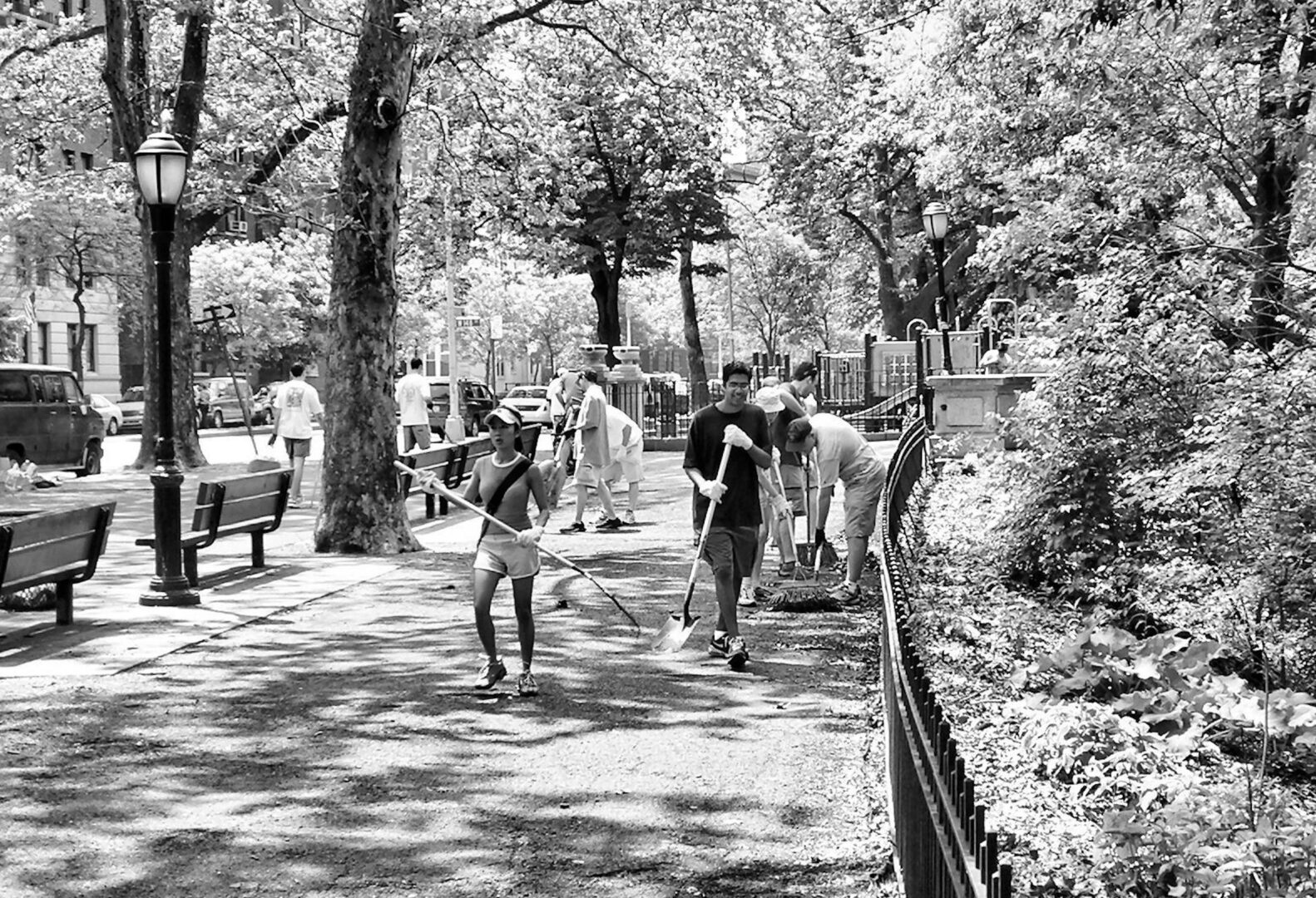
In addition to magnifying the Conservancy’s impact on the park, the Zone Gardener Program, which in 2022 supports a team of nearly two dozen full time professional gardening staff, has also changed the way the Parks Department and Conservancy interact on a daily basis. The Zone Gardeners are in the park every day, clocking in each morning, and picking up their vehicles and tools side by side with the Parks Department’s personnel. They are also in close communication with the Park’s dedicated volunteers, who continue to supplement the Gardeners’ work by stewarding particular areas.
In 2015, the Conservancy extended its purview to the southern shoreline portion of Ft. Washington Park up to 181st Street. This expanded to scope of its work to include five parks: Riverside Park South, Riverside Park, Sakura Park, West Harlem Piers Park, and a portion of Ft. Washington Park.
In 2018, the Conservancy brought on a new President and CEO, Dan Garodnick. For the twelve years prior to joining the Conservancy, Dan Garodnick served as a member of the New York City Council, and brought a unique expertise in public/private partnerships.
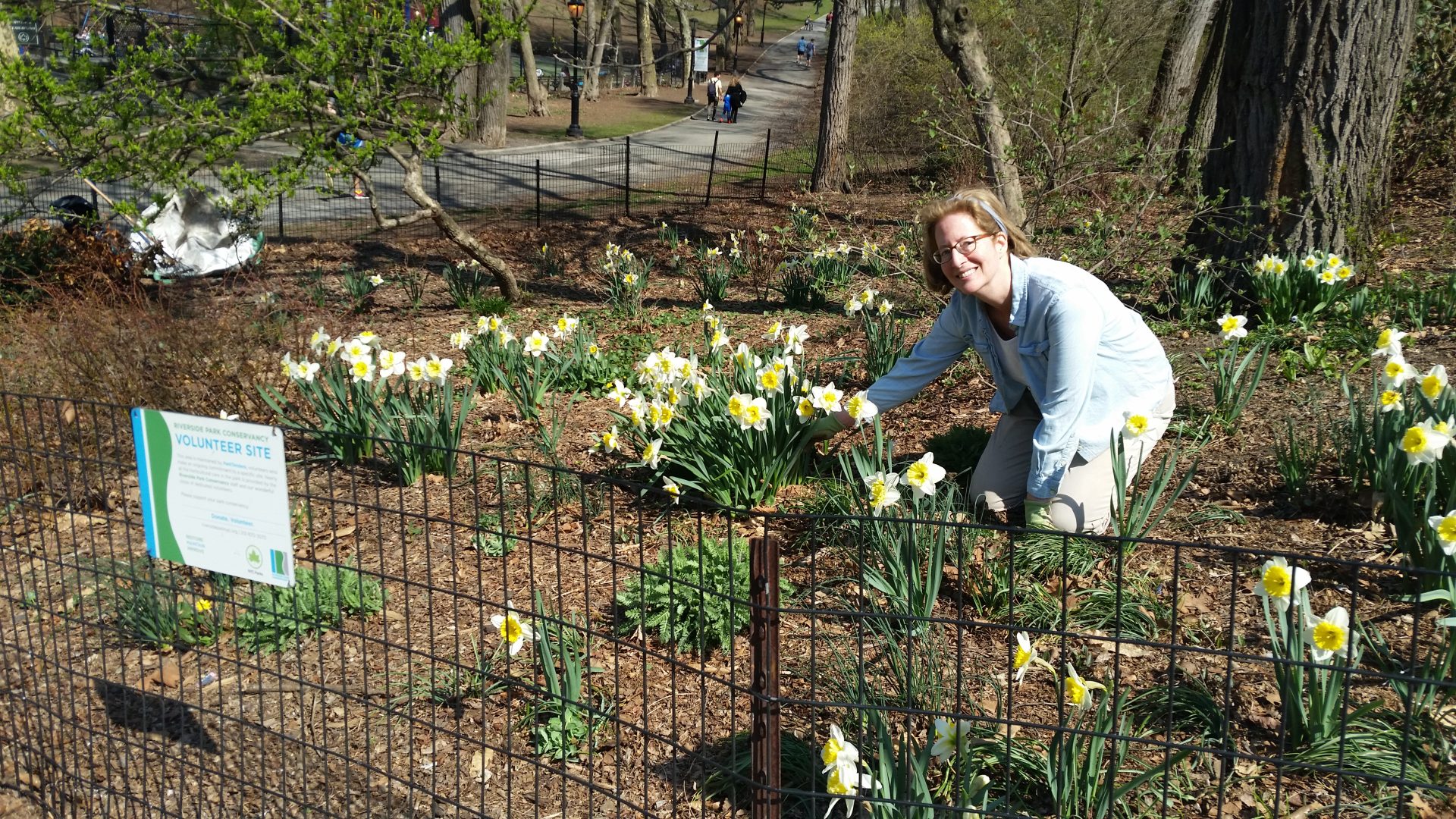
As a lifelong New Yorker, Dan helped to increase visibility of the Conservancy’s work, raise significantly more funds, and take Riverside Park to the next level. Since he stepped into leadership in 2018, the Conservancy has set records for both fundraising and productivity. Some of the Conservancy’s recent improvements include the reconstruction of the 102nd Street Fieldhouse, repairs to the 107th Street Staircase, repaving along the path at 139th Street, maintenance at the Firefighter’s Memorial, resurfacing of the Warsaw Ghetto Memorial Plaza, and more.
You can see a full list of our completed projects here.
In September 2022, the Conservancy brought on Merritt Birnbaum as its next President & CEO, continuing to expand its impact. Coming from her previous position as Executive Director of Friends of Governors Island, Merritt will lead strategic programmatic growth and fundraising campaigns for the Conservancy as well as shepherd major capital projects in partnership with the Parks Department, with a particular focus on intensifying efforts in the northern half of the Park, which runs up to the George Washington Bridge.
Along with providing year-round care and hundreds of free public programs for Riverside Park, the Conservancy is also involved with the New Yorkers for Parks Play Fair Coalition, and has actively advocated for the city to provide more resources for parks and to address long-standing issues of park equity and access across the five boroughs.
